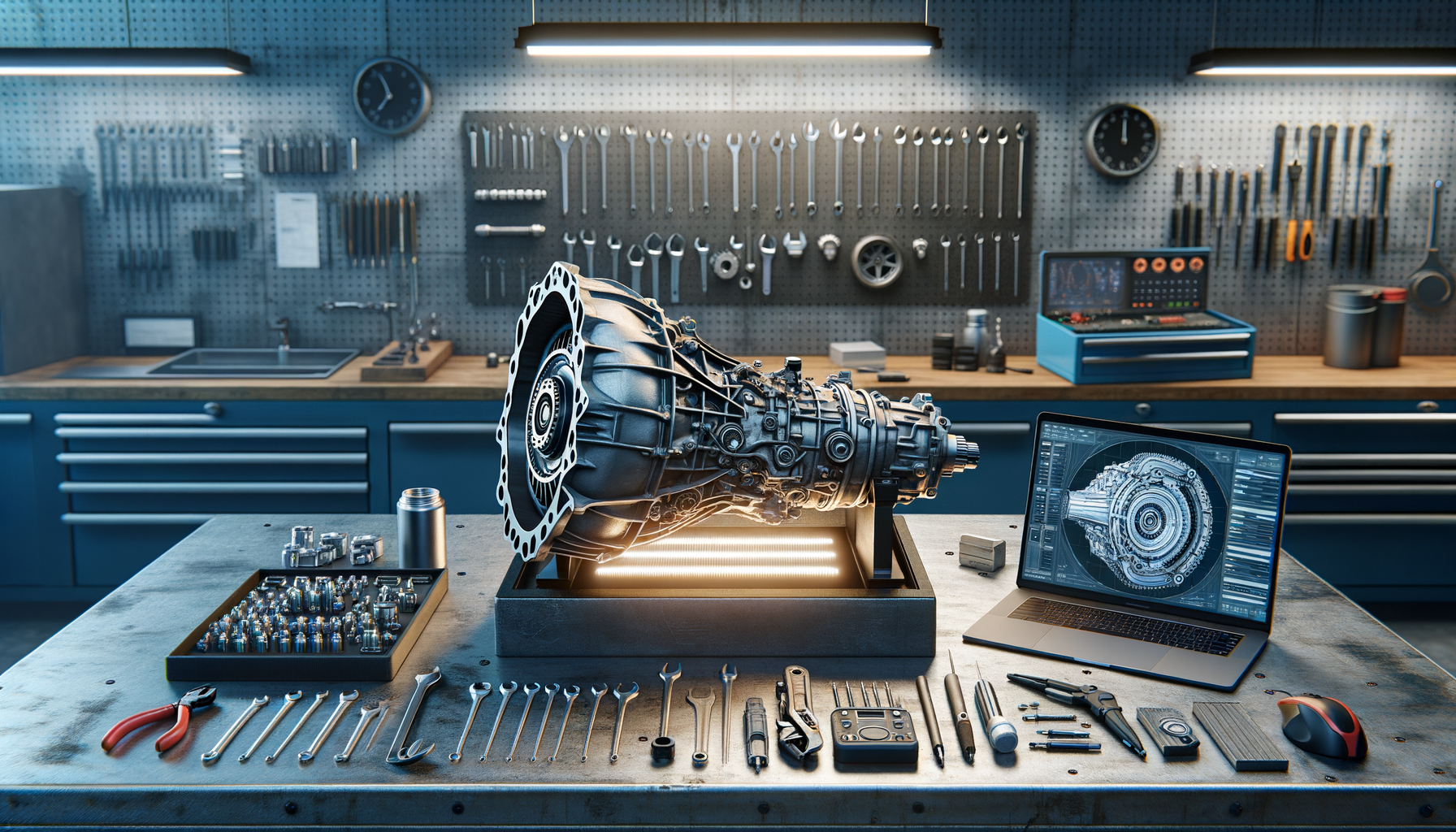Understanding the Importance of Transmission Maintenance
When it comes to vehicle health, the transmission is a crucial component that requires attention. It is responsible for transferring power from the engine to the wheels, allowing your vehicle to move at varying speeds. Regular maintenance of your transmission can prevent costly repairs and ensure smooth operation. The significance of keeping your transmission in top condition cannot be overstated, as neglect can lead to severe damage and expensive fixes.
Transmission maintenance involves routine checks and services, such as fluid changes and inspections. These practices help in identifying potential issues before they escalate into major problems. By maintaining your transmission, you not only extend its lifespan but also enhance your vehicle’s overall performance. Regular maintenance can also improve fuel efficiency, saving you money in the long run.
Moreover, a well-maintained transmission contributes to a safer driving experience. It ensures that gear shifts are smooth and responsive, reducing the risk of accidents caused by transmission failure. Therefore, understanding and prioritizing transmission maintenance is essential for every vehicle owner.
Common Transmission Problems and Their Causes
Transmission issues can manifest in various ways, and recognizing these signs early can save you from extensive repairs. One common problem is transmission slipping, where the vehicle unexpectedly changes gears. This can be caused by low transmission fluid, worn-out gears, or issues with the clutch.
Another frequent issue is delayed or rough shifting. This can occur due to problems with the transmission fluid, such as contamination or low levels. Electrical issues or a failing transmission control module can also lead to shifting problems. Additionally, strange noises like grinding or whining often indicate underlying issues that need immediate attention.
Leaking transmission fluid is another significant concern. This can result from damaged seals or gaskets, leading to a drop in fluid levels and subsequent transmission damage. It’s crucial to address leaks promptly to avoid further complications.
Understanding these common problems and their causes can help you take preventive measures and seek timely repairs, ensuring your transmission remains in optimal condition.
Steps for Effective Transmission Repair
When faced with transmission issues, taking the right steps can streamline the repair process and restore your vehicle’s functionality. The first step is to accurately diagnose the problem. This often involves a thorough inspection by a qualified mechanic who can identify the root cause of the issue.
Once the problem is diagnosed, the next step is to decide on the appropriate repair method. This could range from simple tasks like fluid replacement to more complex procedures such as rebuilding or replacing the transmission. It’s essential to choose a reputable repair shop with experienced technicians to ensure quality service.
During the repair process, it’s important to use high-quality parts and fluids. Opting for substandard components can lead to recurring issues and further damage. Additionally, following the manufacturer’s maintenance schedule and guidelines can prevent future transmission problems.
Effective transmission repair not only resolves current issues but also contributes to the longevity and reliability of your vehicle. By following these steps, you can ensure that your transmission repair is successful and your vehicle remains in excellent condition.
Preventive Measures for Transmission Longevity
Preventing transmission problems before they occur is the key to extending its lifespan and maintaining vehicle performance. One of the most critical preventive measures is regular transmission fluid checks and changes. Clean and sufficient fluid ensures proper lubrication and cooling, reducing wear and tear.
Another preventive step is to avoid overloading your vehicle. Excessive weight can strain the transmission and lead to overheating. Similarly, practicing smooth driving habits, such as gradual acceleration and deceleration, can minimize stress on the transmission.
It’s also advisable to address minor issues promptly. Ignoring warning signs like unusual noises or shifting problems can lead to more severe damage. Regularly servicing your vehicle and following the manufacturer’s recommendations can help in early detection and prevention of transmission issues.
By incorporating these preventive measures into your vehicle maintenance routine, you can significantly enhance the longevity and performance of your transmission.
Choosing the Right Transmission Repair Service
Finding a reliable transmission repair service is crucial for ensuring quality repairs and maintenance. When selecting a repair shop, consider factors such as experience, reputation, and customer reviews. A well-established shop with skilled technicians is more likely to provide excellent service.
It’s also important to inquire about the warranty offered on repairs. A reputable repair service will stand by their work and offer warranties that provide peace of mind. Additionally, transparent pricing and detailed estimates can help you avoid unexpected costs.
Communication is another key aspect. A good repair service will keep you informed throughout the repair process, explaining the issues and the necessary repairs. This transparency builds trust and ensures you are making informed decisions about your vehicle.
By choosing the right transmission repair service, you can ensure that your vehicle receives the care it deserves, leading to reliable performance and longevity.



Leave a Reply